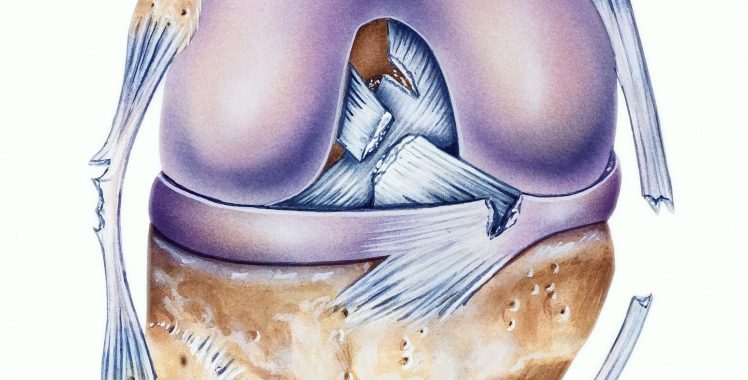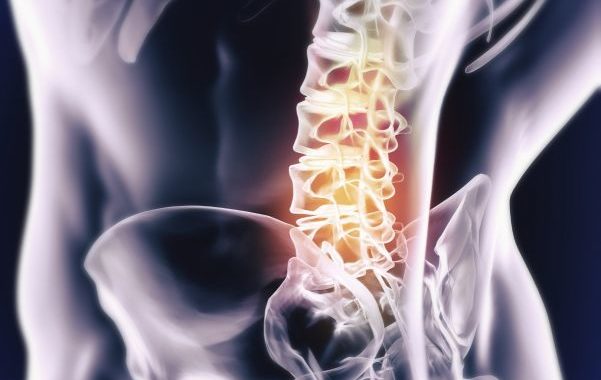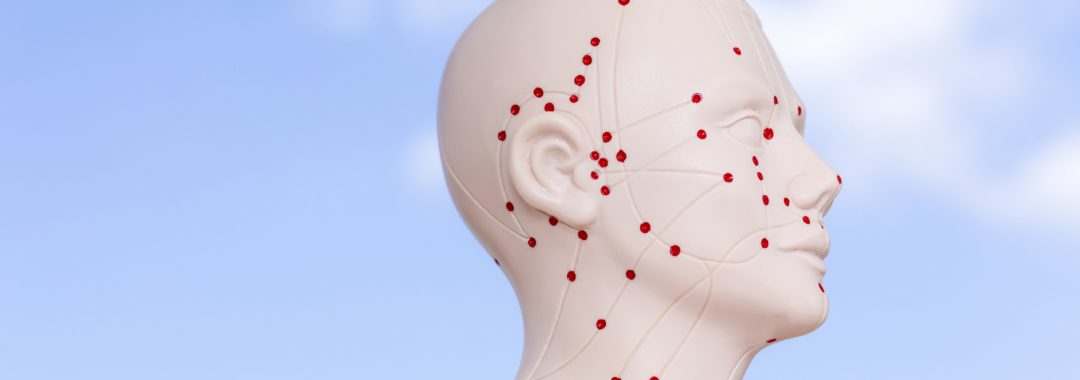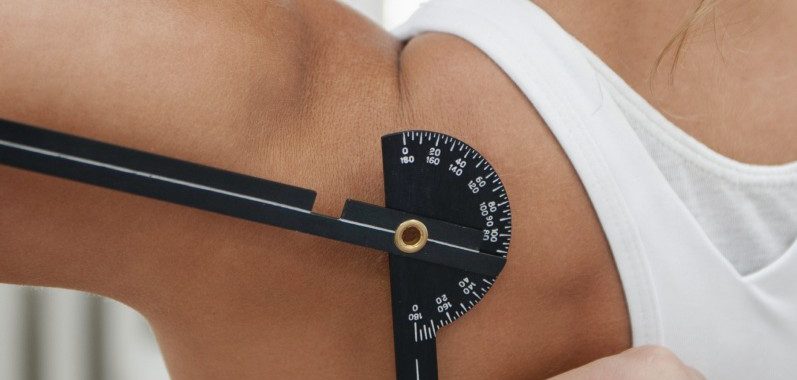Category Archives: AOM Class Offerings
0.0
Avg. Rating
0 Ratings
5
0
4
0
3
0
2
0
1
0
What's your experience? We'd love to know!
Login to Review
What's your experience? We'd love to know!
Login to Review
Low Back, Core & Pelvic Girdle — Anatomy Lab for Acupuncturists
Ratings and Reviews
0.0
Avg. Rating
0 Ratings
5
0
4
0
3
0
2
0
1
0
What's your experience? We'd love to know!
Login to Review
What's your experience? We'd love to know!
Login to Review
AOM Pro & ACCHS DAOM Webinars – Login Instructions
Please use the Zoom meeting link below to join the webinar:
https://zoom.us/j/7637787510?pwd=QkdXU3AxelBmKy9qQXRVekhVYWF1 UT09
Password: 5107637787
(Note: this is the ACCHS Telephone Number)
Low Back, Core and Pelvic Girdle — Distance-Learning Course
Ratings and Reviews
0.0
Avg. Rating
0 Ratings
5
0
4
0
3
0
2
0
1
0
What's your experience? We'd love to know!
Login to Review
What's your experience? We'd love to know!
Login to Review
Shoulder Arm Hand — Anatomy Lab for Acupuncturists
Ratings and Reviews
0.0
Avg. Rating
0 Ratings
5
0
4
0
3
0
2
0
1
0
What's your experience? We'd love to know!
Login to Review
What's your experience? We'd love to know!
Login to Review
Low Back, Core and Pelvic Girdle — In-Person Class
Ratings and Reviews
0.0
Avg. Rating
0 Ratings
5
0
4
0
3
0
2
0
1
0
What's your experience? We'd love to know!
Login to Review
What's your experience? We'd love to know!
Login to Review
Calf, Ankle, Foot — In-Person Class
Ratings and Reviews
0.0
Avg. Rating
0 Ratings
5
0
4
0
3
0
2
0
1
0
What's your experience? We'd love to know!
Login to Review
What's your experience? We'd love to know!
Login to Review
Shoulder, Arm, Hand — Distance-learning Course
Ratings and Reviews
0.0
Avg. Rating
0 Ratings
5
0
4
0
3
0
2
0
1
0
What's your experience? We'd love to know!
Login to Review
What's your experience? We'd love to know!
Login to Review




